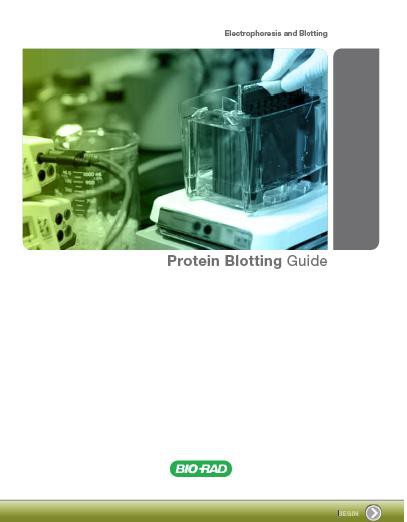MIT scientists Matthew Angel and Mehmet Fatih Yanik have discovered a method for transfecting mRNA into fibroblasts without triggering the immune response that normally defends cells against exogenous RNA infection. Cells are usually able to differentiate between endogenous and exogenous RNA through activation of pattern-recognition receptors (PRRs) that initiate a subsequent immune response. While this immune response is important for defending cells against unwanted viral RNA invasion, it also serves as a barrier for scientists interested in delivering protein-encoding mRNA into cells for a variety of purposes.
Why the need to deliver mRNA into cells? Why not just deliver DNA as is normally done utilizing traditional transfection techniques? Or, better yet, why not just skip the translational step altogether and deliver protein directly to the cells?
According to the study’s authors, since DNA is incorporated into the genome it runs the risk of causing genomic disruption which may limit its therapeutic potential while protein transduction tends to be an expensive and inefficient process. In their extensive review on the use of RNA vaccines in cancer treatment, Bringmann et al discuss how RNA has several advantages including its ability to be generated in large quantities, to be easily degraded, to not be integrated into the genome and to be quickly cleared out of the organism. As such, RNA has the potential to be a great therapeutic tool that is unencumbered by some of the pathogenic risks inherent in other molecular therapies.
Yet, obtaining sustained protein expression following mRNA transfection is challenged by the innate immune response generated by exogenous RNA. In this study, published in PLoS ONE earlier this month, Angel and Yanik show how an siRNA cocktail of interferon-β (Ifnb1), Eif2ak2, and Stat2 inhibits the RNA-mediated immune response and enables repeated mRNA transfection and subsequent protein expression.
While this particular study focused on reprogramming techniques to generate autologous pluripotent stem cells, the methodology could likely be utilized in a variety of experimental conditions focused on obtaining expression of active proteins in an inexpensive and sustainable manner.
For more information see Innate Immune Suppression Enables Frequent Transfection with RNA Encoding Reprogramming Proteins
Angel M, & Yanik MF (2010). Innate Immune Suppression Enables Frequent Transfection with RNA Encoding Reprogramming Proteins PLoS ONE, 5 (7)
















